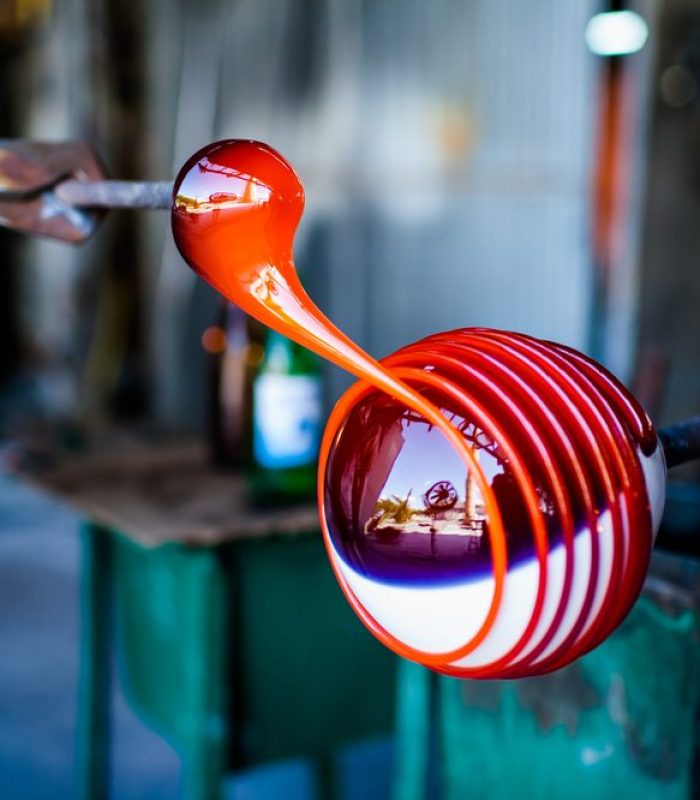As new cannabis consumption habits encourage a quick high and fast relief, what could the humble wooden weed pipe offer cannabis patients?
Here’s how to use, make, maintain, and ultimately enjoy this ancient way of consuming cannabis. From bongs to dabs and from joints to edibles, there are a huge variety of ways to consume cannabis. One of the often-overlooked methods, however, is a wooden weed pipe. Wooden weed pipes are budget-friendly and one hundred percent natural, but what they offer consumers above all else is the ability to enhance the intentioned use of cannabis. And that can be very healing.
Wooden Weed Pipes and The Power of Intention
We live in a world of instant gratification. The nature by which many of us live our modern lives means that few carve out the time to truly appreciate the small things. With highly potent forms of dabbable concentrates, such as shatter, patients can quickly and effectively medicate at a moment’s notice. And while this is convenient for pain relief, it also removes the benefits of embracing the slow healing power of cannabis. Patients who indulge in both formats report the most pain relief.
The power of intention is hugely underrated in modern times. And the mindfulness of a wooden weed pipe can enhance healing through intention.
The Sacred History of the Wooden Pipe
The sacred use of wooden pipes goes back millennia. Upon arriving in the Americas, European settlers often laughed in a derogative tone at the notion of a “peace-pipe,” but the truth is that the pipe to the Native American population is what the chalice is to the Christian.
It’s something tremendously sacred, and for the Native Americans, it was the vessel by which heaven and earth effectively met. To them, ritual and the ceremonial use of the pipe was essential. After filling the pipe with tobacco, they would offer it up to the sacred powers in the east, west, north, south, and to the powers above and the earth beneath their feet before offering it “to all my relations.” By relations, they mean the extended oneness with being and include everything from close family and extended relatives, to the birds, fish, animals, and plants that inhabit the earth. The power of intention is powerful, and Native American populations knew this. Much of the west remain disconnected from these primal roots, but for First Nations, the pipe is a way to reinforce the connection to the healing medicine of nature.
What To Look For In a Wooden Weed Pipe
For those who feel called to embrace a more primal connection to the cannabis plant, then occasionally using a pipe is one way of accomplishing this.
A good pipe should feel comfortable in hand and be easy to carry in a pocket or small bag. For anyone looking for a pipe that’ll stand the test of time and continued use, look for one with a custom metal bowl or screen. This will help prevent the wood from burning with use.
Also, if there is any form of polish or varnish in the pipe interior, then it’s vital to ensure that it’s a non-toxic compound. You’ll be inhaling heated matter from the pipe after all.
How Long Will a Wooden Weed Pipe Last?
There are pros and cons to smoking cannabis from a wooden pipe. While glass pipes will last indefinitely, wooden pipes have a finite life.
Wood is a porous material and absorbs moisture, resin, oil, and dirt that eventually decays the wood given enough time. Cleaning a wooden pipe regularly will help extend its life and will also improve the taste. Without regular cleaning, the buildup of organic material will begin to decay inside and will eventually damage the wood from the inside out.
How To Make a Wooden Weed Pipe
Making your own wooden weed pipe is surprisingly easy and can make for an enjoyable Sunday-morning project for those who want to bond that little bit closer with their medicine.
The most critical decision in making a pipe is the choice of wood. Briar wood is a hard wood with excellent heat-resistant properties and is the most common type used in pipes. When unavailable, excellent alternatives include maple, cherry, or oak.
Here’s how to make a homemade wooden weed pipe.
- Gather the following: a drill and bits, a saw, sandpaper, dust mask, and of course, two suitably sized cylindrical pieces of your chosen wood for the pipe. One is for the bowl, while the other for the mouthpiece.
- Saw both pieces down to the approximate size of the desired length and size of the pipe.
- Next, begin drilling. You’ll need three holes in total. One that forms the bowl itself, another that drills into the side to meet the bowl and provide a connection for the mouthpiece, and finally, you’ll need to drill a hole straight through the mouthpiece to provide airflow.
- Begin sanding one end of the mouthpiece into a point so as it connects into the bowl securely. Ensure it fits snugly.
- At this point, you’ll have a basic pipe, but the real work now begins by sanding the pipe to make it look the part. Sand each piece in turn and aim for smooth rounded edges. This may take 30-60 minutes but is well worth the effort.
- Apply some furniture polish on it to bring out a shine, and give it a good blow through to ensure there are no air leaks, et voilà!
While making a wooden weed pipe can be a fun experience, the art of working wood isn’t for everyone. Luckily some small companies still offer wooden pipes crafted in intricate designs. Friendly Stranger’s and Toronto Hemp’s wooden pipes collections offer some handcrafted pipes that many cannabis consumers may find the ideal companion.
Deeper Connections and Wooden Weed Pipes
While smoking cannabis is discouraged for some, especially those with lung conditions, a wooden pipe may does offer patients a way to connect with their healing through ritual. The act of grinding, packing, intention setting and sharing can all enhance the therapeutic effects of cannabis, when done mindfully.
As some native American communities claim, “Nothing is more sacred. The pipe is our prayers in physical form. Smoke becomes our words; it goes out, touches everything, and becomes a part of all there is.”






